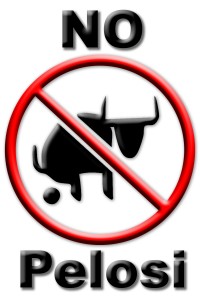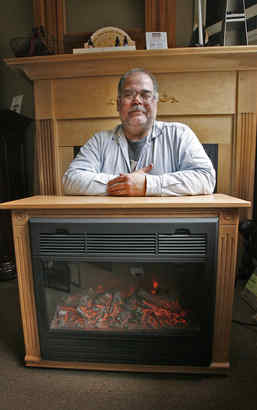by Sharon Harris
by Sharn Harris
Once upon a time, in a land not so far away…
It’s a lively community forum. A nice young woman named Jan Smith from Freeland (a tiny country tucked away somewhere in Western Europe) is telling us about how Freeland has solved many of the problems our local politicians have been struggling with. Some think our city council members could learn from Freeland’s example.
“One of the problems we’ve dealt with quite successfully is the gun issue,” Ms. Smith says. “Now remember, we’re a free country like yours – we believe in individual liberty and responsibility. We certainly allow citizens to own and use firearms.
“However, we noticed that this creates several problems. Many people just don’t take proper care of their guns. They don’t know how to clean them, how to store them, how to make sure they are safe. Other people modify their guns in ways that are illegal or not in the best interests of the public. This poses a danger not only to themselves, but to the community.
“Some of our cleverest leaders solved that. First, we passed a law requiring that everyone care for their guns and store them properly. We instituted a massive educational campaign to stress the importance of this.
“That helped, but of course there were still people who didn’t comply.
“The way we ultimately solved the problem was for the government to provide citizens with the service of taking care of their guns for them.
“We built huge buildings in every community and hired firearm experts to work there. We passed a new law requiring everyone to drop off their guns at the building closest to them every morning, and then pick them up in the early evening. Some complained this was inconvenient for them, so we created a system to pick the guns up at each home every morning and return them to the owners in the evenings.
“Having the guns all day gives our government-trained firearms experts a chance to modify those that don’t comply with gun regulations, in addition to making sure they are cleaned and stored safely.
“It’s a win-win. Folks really appreciate this service!
“A great side effect that we didn’t anticipate was that it gives more freedom to everyone! No longer do citizens worry about what might happen to their guns if they left them at home during the day, so they can go to work or run their errands in peace.
“They know their guns are safe and well-cared-for. And of course they appreciate not having to do the hard work of taking care of their guns themselves.”
Councilman Brown interrupts with a question: “Have you encountered any problems with this system?”
“Not really.” Ms. Smith pauses. “Well, some people complain that the government experts don’t do a good job. Some say that their guns don’t work as well as they used to, or that they prefer to take care of them themselves, for whatever reasons.
“No problem. To appease these complainers, we allow them to take their guns to private, licensed companies that provide the same service. Of course, not many people take advantage of these private services, because after all they have to PAY for them, whereas the tax-funded government service is free.
Councilman Jones: “Sounds great! This is something I think we should consider here.”
I look around at the mostly conservative and libertarian crowd – who, predictably go ballistic.
“You’ve got to be kidding!” says a man on the front row. “You’ll never see that here!” says another.
“You’ll take my guns when you pry them from my cold dead fingers!” shouts a man in the back row, and soon the crowd is on its feet – echoing his statement and booing the politicians.
Whew! It’s clear we won’t see this sort of thing in my community any time soon.
As I nod in agreement with the crowd, I notice an image out of the corner of my eye – a bright yellow school bus is passing by the window.
And suddenly I realize that just about everyone in the room allows government workers to come every day and take away something – something far more precious than any piece of metal.
That big yellow school bus takes our children to huge government buildings where most of their waking hours are spent. Where each day begins with an invocation of loyalty to the state. Where their most treasured spiritual values and symbols are banished. Where peer pressure replaces family values. Where the truly important questions of life can’t be asked, much less answered. Where pop culture surpasses the classics. Where socialism is taught – both in theory and by example. Where conformity and indoctrination are far more important than thinking or reading…
Libertarians and most conservatives boldly and nobly take a stand for our right to keep and bear arms. Not so we can go duck hunting, but so we can defend ourselves and our families from invasion. And so we can, if necessary, defend our liberty from the possibility of a tyrannical state.
But what if the tyranny we fear comes to pass – grown and nurtured in our very homes?
 Until we have equal passion for defending our children from the invasion of their MINDS – unless we take a bold and noble stand for the separation of SCHOOL and state – we will continue to allow our children to be taken from our warm, loving arms.
Until we have equal passion for defending our children from the invasion of their MINDS – unless we take a bold and noble stand for the separation of SCHOOL and state – we will continue to allow our children to be taken from our warm, loving arms.
January 7, 2004
Sharon Harris [send her mail] is president of the Advocates for Self-Government, a nonprofit libertarian educational organization established in 1985.
Copyright © 2004 LewRockwell.com









